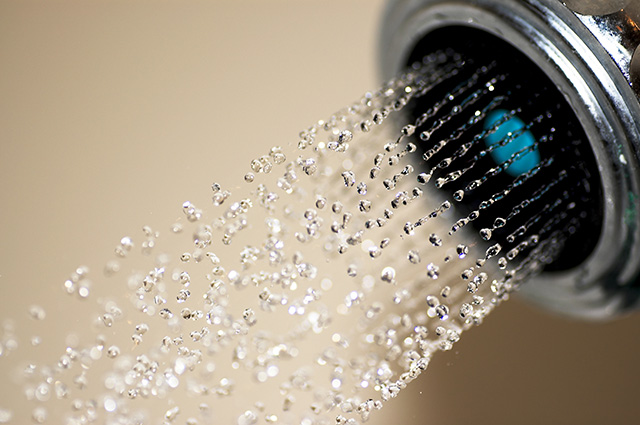What are Aperture, Shutter Speed, and ISO?

There are three basic settings on your DSLR that you need to consider when taking photographs. These are: Aperture, Shutter Speed, and ISO. We will briefly look at each of these settings.
Aperture
The aperture refers to the opening in your lens. It determines how much light reaches your sensor. The smaller number refers to a bigger opening. An aperture setting of 4.5 means the opening is larger than an aperture setting of 11. Creatively, the aperture controls how much of your scene is in focus. A larger aperture will have more in focus. You would use this for landscape scene where you want the entire scene sharp and in focus. If you were doing portraits, you might want to set your aperture lower to have your subject sharp, but blur the background.
Shutter Speed
Shutter speed determines how long the sensor is exposed to the light. The higher the number, the less amount of time the shutter is open. For instance, a shutter speed of 1/60 opens and closes faster, than a shutter speed of 1/30. Creative reasons to use shutter speed is to stop action or blur it. A fast shutter speed, say 1/600, would freeze a fast moving object, such as a hummingbird or sports player, where a longer or lower shutter speed setting will blur moving objects. You would use a slower setting if you wanted to make a waterfall soft or capture fireworks in long streaks.

ISO
The ISO determines how sensitive the sensor is to light. The lower the ISO setting, the less sensitive your sensor is to the light. A lower ISO setting is great for brightly lit or outdoor scenes. For indoor or low light photos, you will need to increase your ISO setting. ISO settings can be tricky. Some cameras may introduce “noise” in your photos at the higher settings. Noise is digital “debris” that can ruin an otherwise perfect image. A good rule of thumb is to keep the ISO at the lowest possible setting unless the scene you are photographing is too dark to achieve the effect you desire.
Leave a Reply